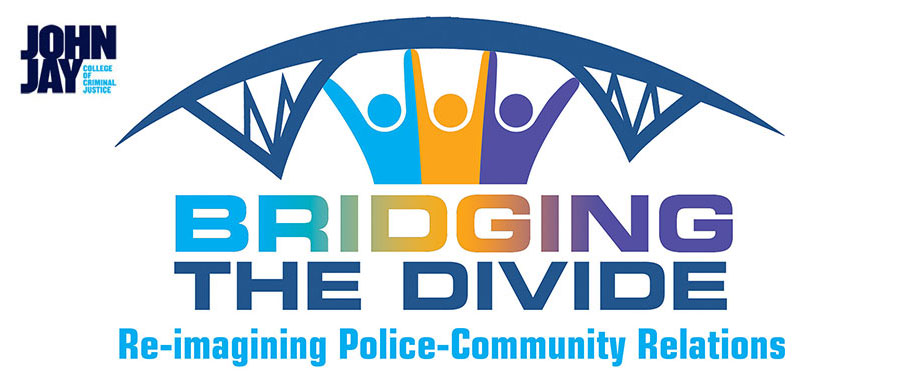BACKGROUND
The State of Criminal Justice in the United States
Over the course of the last several months, our nation has been gripped by several recent tragedies involving the fatal shootings of citizens by police officers. The death of Michael Brown in Ferguson, Missouri, Eric Garner of Staten Island and Walter Scott of Charleston among others, have led to allegations of excessive use of force. Public sentiment on the issue of police conduct across the nation, has dominated national headlines, raising concerns about racial bias and sparking fierce debate on police practices. The deployment of the National Guard to sites of protest against police brutality, even amid the militarization of our police forces, has further raised concerns over the increased likelihood for civil rights abuses on the part of authorities.
Concerns around excessive use of force in communities of color particularly, and the implications of the mass and disproportionate incarceration of people of color across America, have polarized public discourse on issues of race and justice. Protests across the nation and mobilizations of citizens under the #BlackLivesMatter movement and other civil and political campaigns, have called for Justice Department inquires into policing practices, indictment of officers involved in fatal shootings, and reform of policing policy such that is more reflective of a mandate to protect and serve.
Disparate Impacts of the Justice System on African Americans
In April of 2015, John Jay College released its findings from the fall 2014 American Justice Summit, an engagement which brings together some of the nations most prominent thought leaders on issues of criminal and social justice. The report highlights a number of startling trends. According to the report, “the US has the highest number of imprisoned or jailed individuals among all other Western democracies. One in every 100 adults in the US is behind bars and one in every 31 is either in prison, in jail or on probation or parole.” The report further highlights the disproportionate impact of the criminal justice system in African American communities, noting that one in every 11 African Americans in the US is either in jail, in prison, on probation or on parole.
A month earlier in March of 2015, the Department of Justice (DOJ) Investigation of the Ferguson Police Department produced a report which found a “pattern and practice of excessive use of force, including deadly force” as well as “discriminatory intent” against African Americans and routine violations of civil rights. According to this report, arrest warrant data for Ferguson found that while African Americans comprise 67% of the population of Ferguson, they constituted 93% of arrests between 2012 and 2014. Further, of all cases in which the Ferguson Police Department was found to have used force, 88% of those cases involved African Americans.
Following the DOJ investigation of the Ferguson Police Department and the release of the DOJ report on Ferguson, Attorney General Eric Holder remarked that, “both policing and municipal court practices were found to disproportionately harm African American residents.” Holder asserted that such practices on the part of the Ferguson Police Department, constitute nothing short of “implicit and explicit racial bias.”
In December of 2014, a DOJ Investigation of the Cleveland Division of Police produced a report, which again found a pattern of civil rights abuses, constituting violations of the 14th amendment. The report findings determined that, “structural and systemic deficiencies and practices—including insufficient accountability, inadequate training, ineffective policies, and inadequate engagement with the community—contribute to the use of unreasonable force.”
Admittedly, assessing evidence of the use of force poses a major challenge to law enforcement agencies across our nation. Inadequate and ineffective reporting systems has meant that data collection on both lethal and non-lethal use of force has been limited. Accordingly, the lack of demographic data on officer involved shootings has inhibited efforts to fully identify and analyze trends. In February of this year FBI Director James Comey gave a speech acknowledging the constraints of assessing interactions, violent and non-violent, between police and citizens. Comey explained that due to the voluntary nature of reporting, demographic data relating to officer involved shootings, is on the whole, unreliable. In spite of the lack of demographic data, the findings of the DOJ report on Ferguson were crystal clear.
President Obama’s Task Force on 21st Century Policing
In December of 2014, President Obama executed an Executive Order establishing the President’s Task Force on 21st Century Policing. The goals of the taskforce have been designed with an aim to improve community policing by identifying best practices for building public trust to and enhance relations between law enforcement and the communities they serve and, to promote effective crime reduction strategies.
In May of 2015, the taskforce members, comprised of law enforcement officials, academics and community and youth leaders, released its final report. The findings of the report which were informed by the expertise and input of relevant stakeholders and the general public offered 63 recommendations and two overarching recommendations for reform:
The President should support and provide funding for the creation of a National Crime and Justice Task Force to review and evaluate all components of the criminal justice system for the purpose of making recommendations to the country on comprehensive criminal justice reform.
The President should promote programs that take a comprehensive and inclusive look at community based initiatives that address the core issues of poverty, education, health, and safety.

